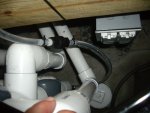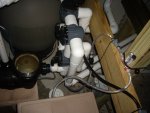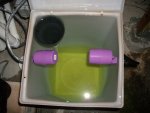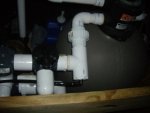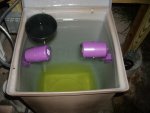I don't see that it will be a long project either...interesting about the Ts...will study that option.
I think the OUT line is going to go in the plug in my pump basket as I've seen suggested someplace and I think this is what Sal was saying on our phone call.
On the IN line I don't mind drilling the hole at all. It's just PVC and this is one piece of pool equipment I will be removing if we ever move..that section of PVC can just be replaced then. I just see a new owner thinking 'wth?' and the pool people around here shrugging their shoulders and it ending up in the trash...you know, cuz 'pucks' are the best way... :blah:
I think the OUT line is going to go in the plug in my pump basket as I've seen suggested someplace and I think this is what Sal was saying on our phone call.
On the IN line I don't mind drilling the hole at all. It's just PVC and this is one piece of pool equipment I will be removing if we ever move..that section of PVC can just be replaced then. I just see a new owner thinking 'wth?' and the pool people around here shrugging their shoulders and it ending up in the trash...you know, cuz 'pucks' are the best way... :blah:


